Do I need a separate capacitor bypass (network) for 74xx14 Schmitt Trigger sharing power with Op Amp?
Power supply is 500mA but entire circuit is using around 70-80mA. And sub-circuit with OP AMP + Schmitt Trigger is between 1-3mA max. Random interval pulses going every few seconds from Op Amp (1kHz~65kHz and 0-3.3Vpp) to Schmitt trigger and out to MCU input capture pin (10kOhm).
Also, when I turn on the power, during the first 3-5 seconds the Op Amp's output spikes HIGH before settling down to a baseline of near 0V. Any way to prevent that? The sensor that connects to the Op Amp draws 40mA, but the signal of the sensor is below 1mA. The sensor does not have any bypass capacitor (network).
Thank you.
EDIT: The answer I would accept is in CL's comment/link to TI's specs that were not listed in the datasheet I looked: "The power supply can be any voltage between the minimum and maximum supply voltage rating located in the table. Each VCC pin should have a good bypass capacitor to prevent power disturbance. For devices with a single supply, TI recommends a 0.1-μF capacitor. If there are multiple VCC pins, then TI recommends a 0.01-μF or 0.022-μF capacitor for each power pin. It is ok to parallel multiple bypass capacitors to reject different frequencies of noise. 0.1-μF and 1-μF capacitors are commonly used in parallel. The bypass capacitor should be installed as close to the power pin as possible for best results."
